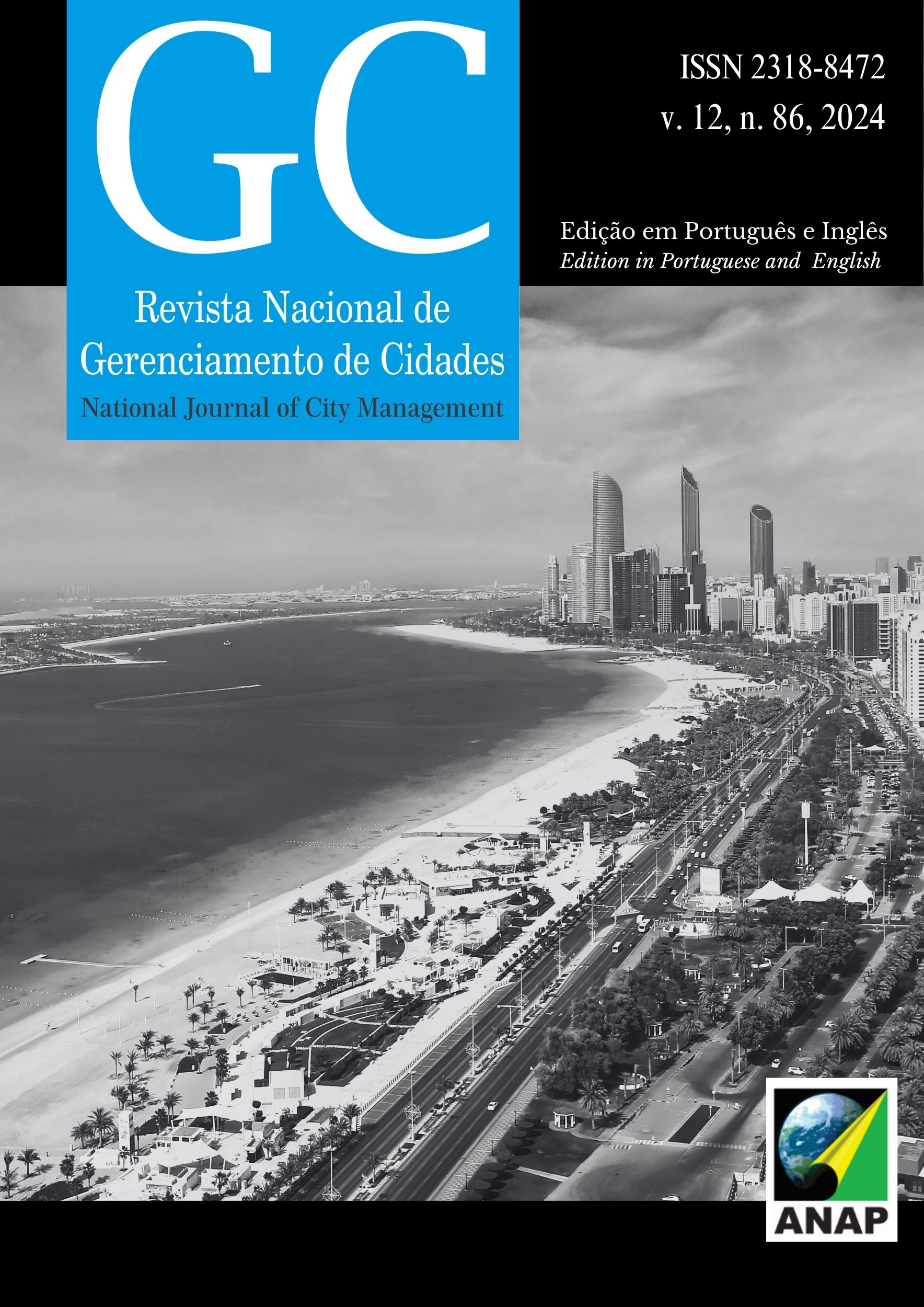Análise agregada de séries temporais na demanda de transporte urbano por ônibus na cidade de São Paulo
DOI:
https://doi.org/10.17271/23188472128620245140Palabras clave:
Transporte Público Urbano, Séries temporais, Previsão de demanda, Mobilidade urbana, CovidResumen
O objetivo do referido artigo é analisar o impacto da pandemia na demanda por transporte público urbano por ônibus na cidade de São Paulo, utilizando séries temporais com dados de passageiros transportados entre 2005 e 2023. A série de dados foi dividida em dois períodos, o período anterior a pandemia (2005-2020), para gerar a previsão e o modelo, e o período posterior a pandemia (2020-2023), para analisar e comparar valores previstos e observados. O método ARIMA com sazonalidade (SARIMA), com uso do software Jamovi e da linguagem R, foi aplicado para analisar a série temporal e gerar o modelo de previsão. Os resultados mostram previsão média de 206 milhões de passageiros por mês em 2023 ante valor médio observado de 173 milhões de passageiros por mês, 19% abaixo, ficando, também 21% abaixo de 2019 (média de 220 milhões de passageiros transportados por mês). A queda média anual prevista entre 2011 e 2023 é de 15,8%, com perda de mais de 35 milhões de passageiros por ano. O estudo mostra que a queda do volume de passageiros transportados é anterior a pandemia, que só agravou a situação, e que a recuperação ainda é incerta e depende de diversos fatores como a readequação dos investimentos no setor e o incentivo ao uso do sistema de ônibus urbanos.
Descargas
Descargas
Publicado
Número
Sección
Licencia

Esta obra está bajo una licencia internacional Creative Commons Atribución-NoComercial-CompartirIgual 4.0.














